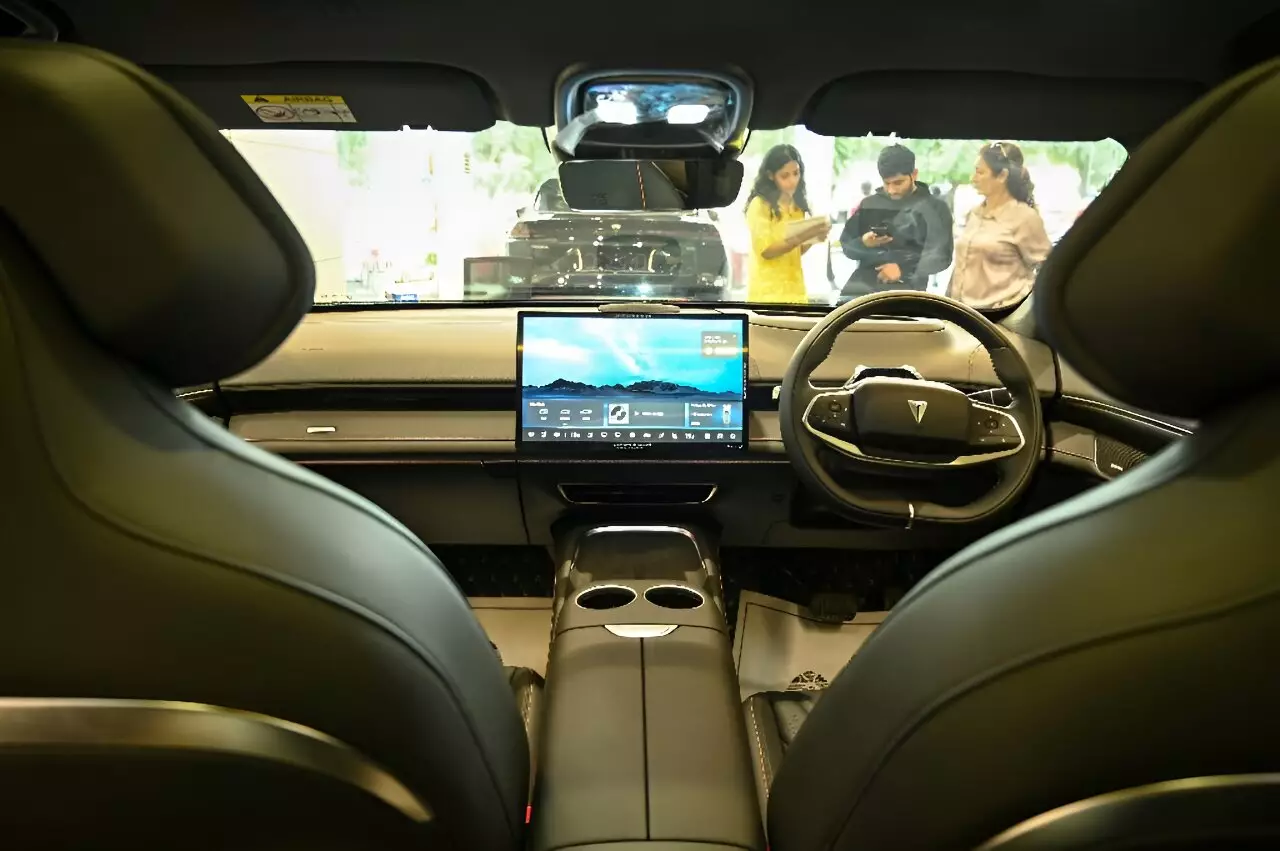Electric vehicles (EVs) are emerging as a promising solution to the transport and environmental challenges facing Nepal, a country that has long been recognized for its reliance on fossil fuels and its struggling power supply. However, this burgeoning transformation comes with both remarkable opportunities and daunting challenges that must be navigated with foresight and care. This article explores the dynamics of Nepal’s electric vehicle market, the implications of increased accessibility to hydropower, and the environmental concerns that accompany rapid technological shifts.
Not long ago, Nepalis were grappling with chronic electricity shortages, making the idea of owning an electric vehicle almost laughable. Fast forward to today, and a significant transformation is underway thanks to aggressive investments in hydropower infrastructure. Taxi driver Surendra Parajuli, who invested in an electric cab, serves as a testament to this shift; he now enjoys substantial cost savings and a more sustainable driving option in Kathmandu, a city notorious for air pollution and traffic congestion. Parajuli’s choice reflects an emerging belief among many Nepalis that EVs represent a practical and environmentally friendly alternative to traditional petrol-powered vehicles. His experience reveals a new reality in the transportation landscape, where EVs are increasingly seen as not just a luxury but a viable means of daily transport.
Recent statistics underscore this growing demand; over 40,000 electric vehicles are now registered in a nation with over 6.2 million motor vehicles, a number that continues to soar. The fact that more than a quarter of these vehicles entered the market in just one year indicates an insatiable appetite for cleaner transportation options. This shift is fueled in large part by economical energy prices, which have dramatically fallen thanks to a surge in domestic power generation capabilities.
Hydropower: The Backdrop for EV Success
Nepal’s reliance on hydropower is transformative, enabling the country to shift from near-constant energy scarcity to a more stable and affordable power supply. According to government data, the output of hydropower has increased fourfold over the past eight years, providing cheap electricity that serves well for electric vehicles. With 95% of the population now having access to electricity, the crossroads of energy abundance and shifting consumer preferences paint a picture of vast potential.
As the country aims to increase its installed power capacity from 3,200 megawatts to 30,000 megawatts over the next decade, the scope for not just electric vehicle adoption but also increased exports of surplus energy is significant. Such progress could reduce reliance on expensive fossil fuel imports from neighboring India and further stabilize the Nepali economy, which has historically depended on external remittances. The considerable savings on imported fuels, estimated at around $224 million, is an additional feather in the cap of those supporting the electric vehicle transition.
Despite the positive outlook on electric vehicles and clean energy, voices of caution are becoming more prominent. Campaigners express concern about the ecological ramifications of hydropower initiatives, particularly with new policies enabling development in previously protected areas. The delicate Himalayan ecosystem, comprising forests, nature reserves, and wildlife habitats, could face irreversible damage if the government does not prioritize environmental considerations alongside its energy ambitions.
Moreover, while transitioning to electric vehicles is indeed a step towards cleaner air and lower greenhouse gas emissions, the issue of electronic waste management looms large. Lithium-ion batteries, a fundamental component of EVs, pose serious environmental hazards when discarded improperly. The government’s lack of foresight in creating sustainable strategies for battery disposal could undermine the long-term benefits of EV adoption, posing risks to both human health and the environment.
The Path Forward: Balancing Growth and Sustainability
As Nepalarsi navigates this electric vehicle revolution, it must balance the ambitions of expanded energy production and vehicle adoption with responsible environmental stewardship. Policymakers must work hand-in-hand with environmental organizations to ensure that energy growth does not come at the expense of ecological health. Additionally, robust discussions are vital regarding the lifecycle management of electric vehicles, especially concerning their batteries.
Ultimately, while the potential for electric vehicles in Nepal is immense, realizing this potential will require not just enthusiasm for innovation but a commitment to sustainable practices that protect both the people and the planet. The success of this green revolution hinges on careful planning, oversight, and a forward-thinking approach, ensuring that the future of transport in Nepal is not only electric but also sustainable.


Leave a Reply